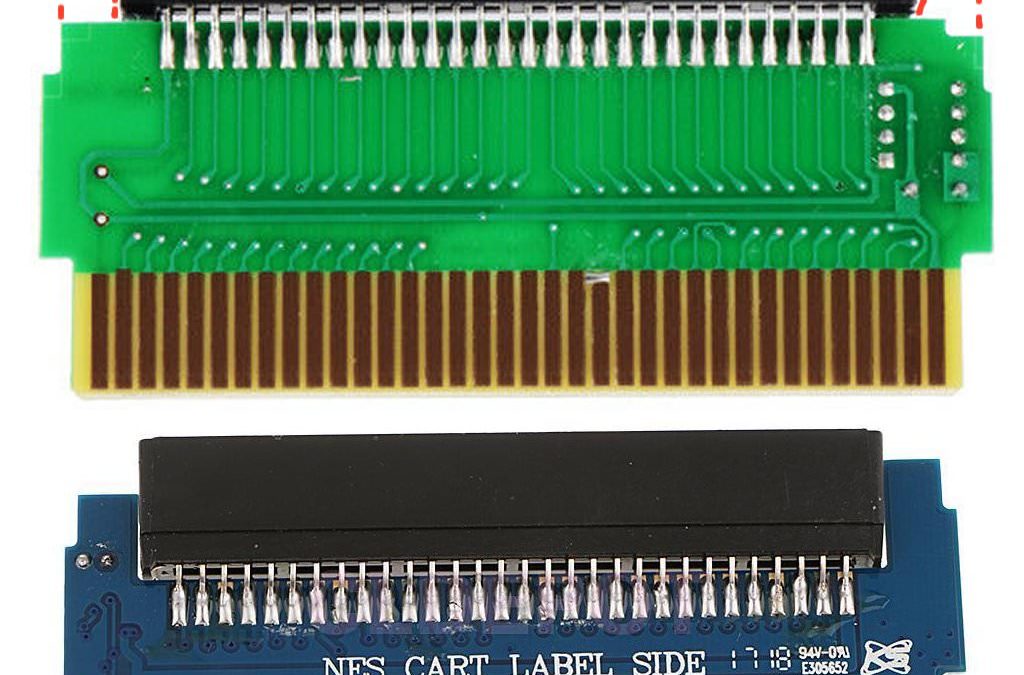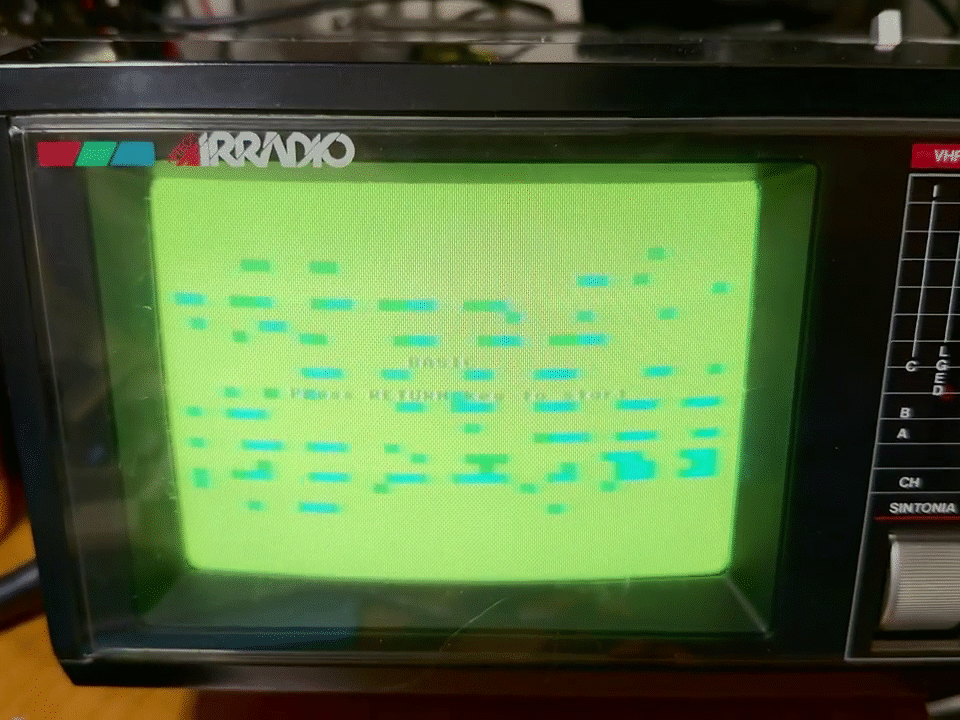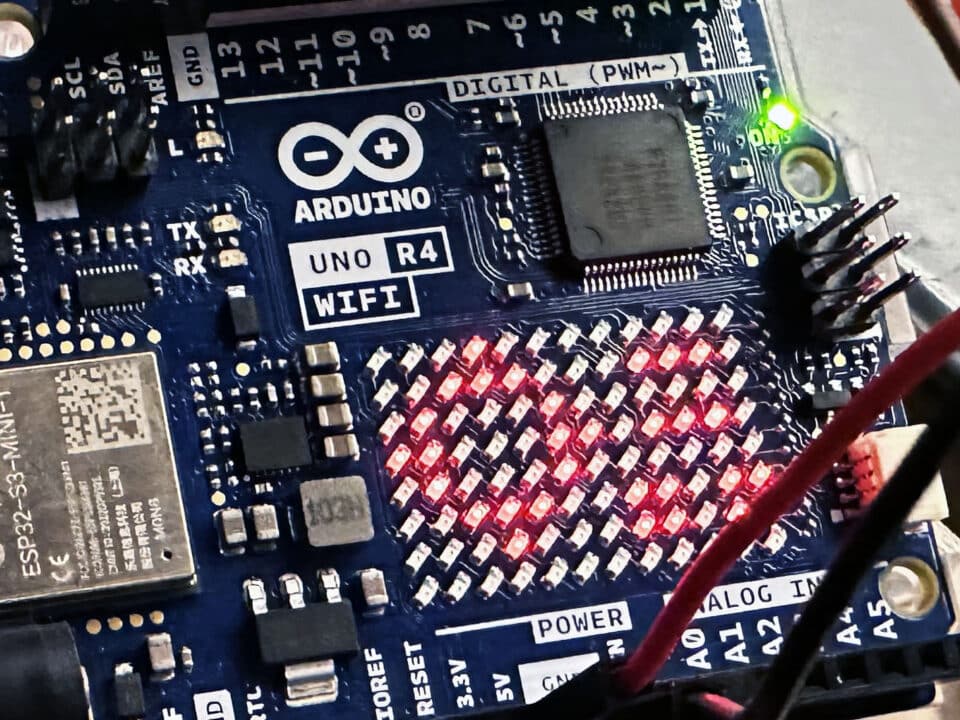
1571 drive repair
November 29, 2022
CONSOLES: SIZE MATTERS !
7 January 2023
As you already know if you have seen the related video on Nintendo Entertainment System protections in our youtube channel, the Famicom cartridges (Japanese NES) have a different number of pins than those of the NES released in USA/Europe; there are adapters to solve this problem, equipped with the famous CIC to bypass the region. However, there is a BUT in these adapters as you can see in this image:

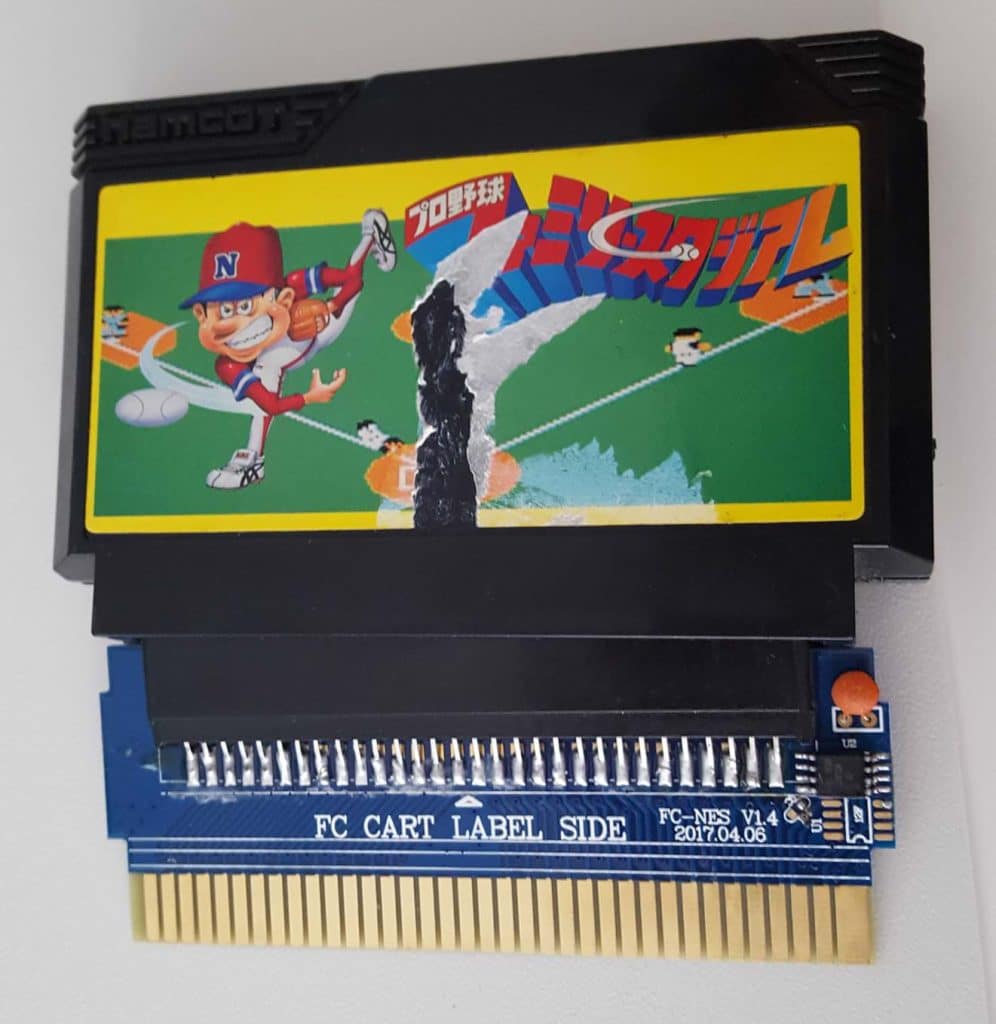
In the adapter at the top the "corners" of the PCB are MISSING (which I have hand-drawn in red) which are instead present in the adapter at the bottom; what changes ? Change that the one below DOES NOT fit into the Famicom cartridges because those "corners" touch the plastic edge of the cartridge (see photo below):
This can be "solved" by opening the cartridge (it has 4 plastic tabs, 1 on each short side and 2 on the upper long side):


extracting the PCB and inserting it directly into the adapter in this way (the face of the PCB with the game chips goes on the "FC CART LABEL SIDE"):
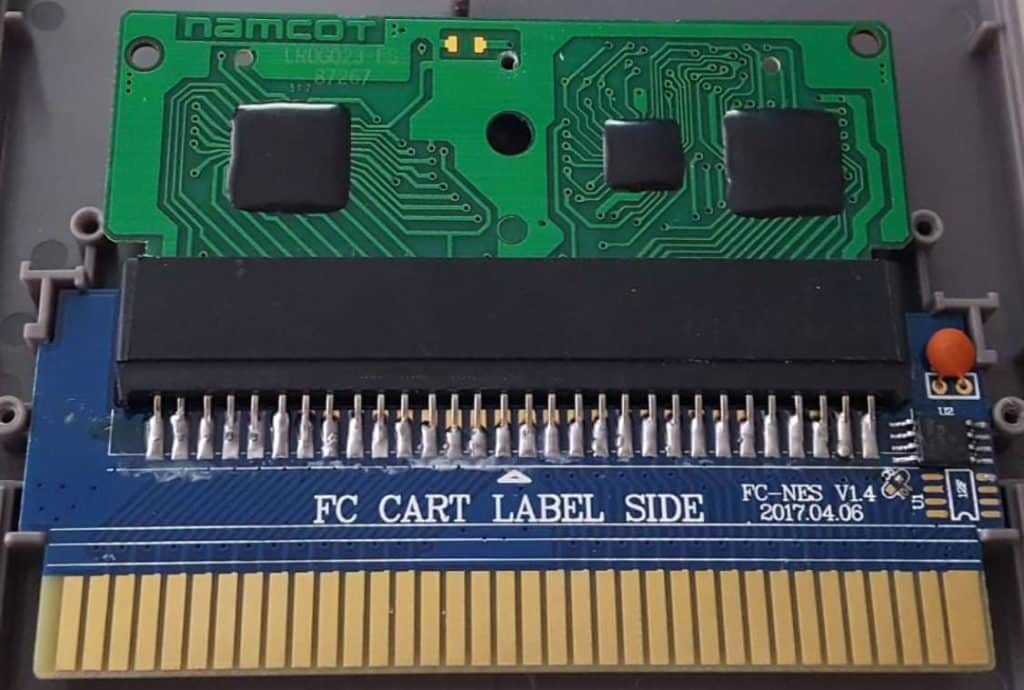
NOTE
Famicom cartridges don't have screws but I happened to have the cartridge in the photo you saw above which had the central plastic pin glued to its counterpart.
But who would want to open/destroy an original cartridge? Especially if some are glued to the central internal pin, thus requiring physical breakage (see photos above)? Not many I guess…
So why are there basically 2 physical types of these adapters? I asked myself the question and I think the answer is this:
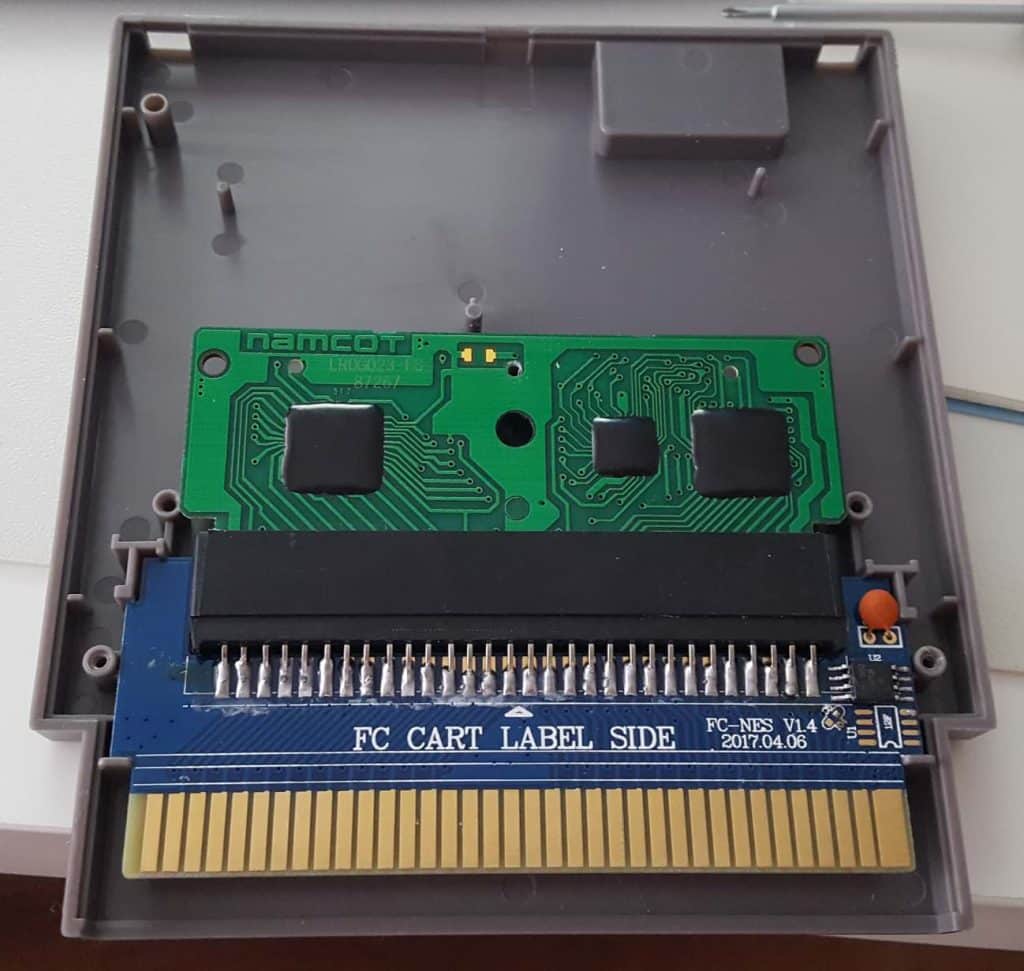
As you can see from the photo, the one with the "corners" fits perfectly into a Chinese NES cartridge case thus making it easy to convert/taco a JAP cartridge (which must necessarily be opened and/or crashed if it is glued) in a US NES /EUR without adapters being visible from the outside; the thing seems to have even been done by Nintendo itself in the release of some US / EUR games in which it was found precisely one of these adapters directly inserted by the big N itself (to recycle cartridges without having to recreate them in the new 72 pin format?). The model without "corners" can also be slipped into these plastic cases, but it is much more mobile and less stable.
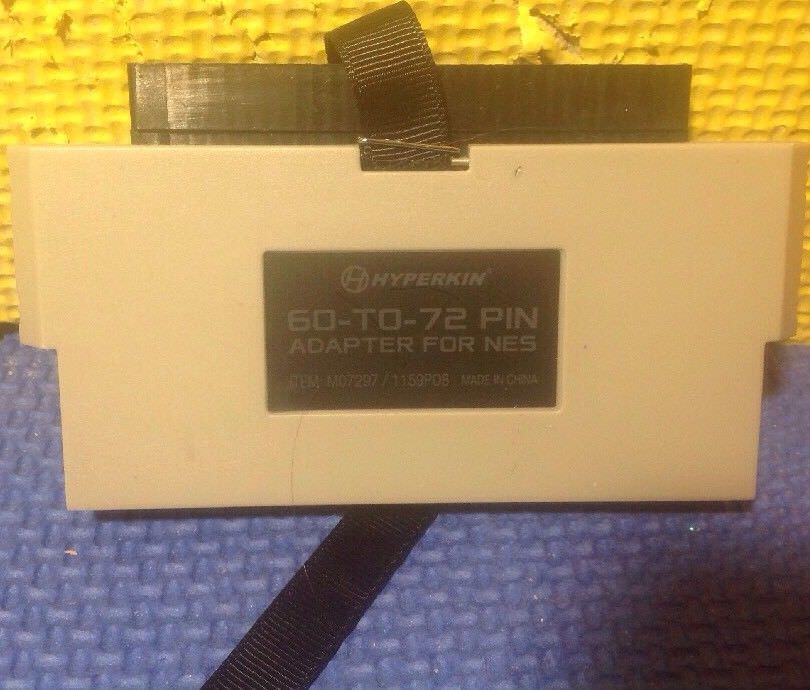
Instead, those without "nooks" allow them to be inserted directly under a 60-pin cartridge, immediately transforming it into a 72-pin cartridge without having to open anything. Some already have their protective plastic shell and still others also have a "cord" to make it easier to extract the game inserted with the adapter.
LET'S BUILD AN ADAPTER!
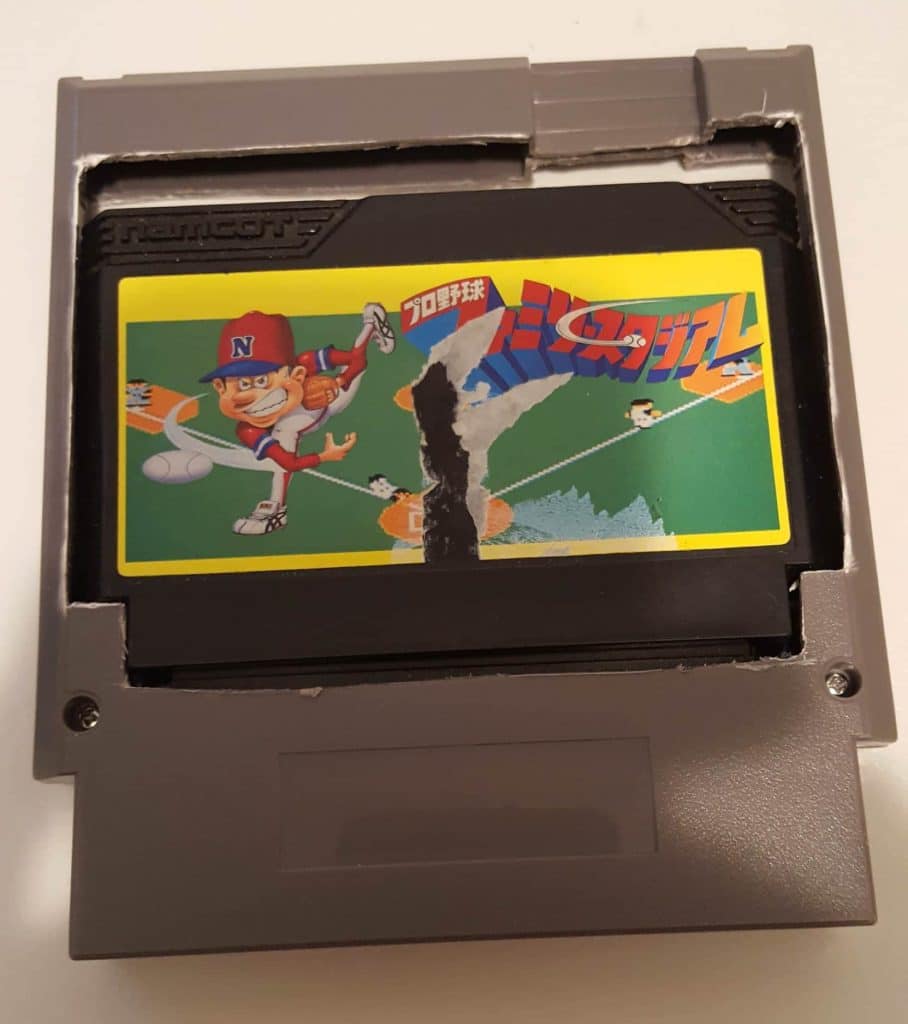
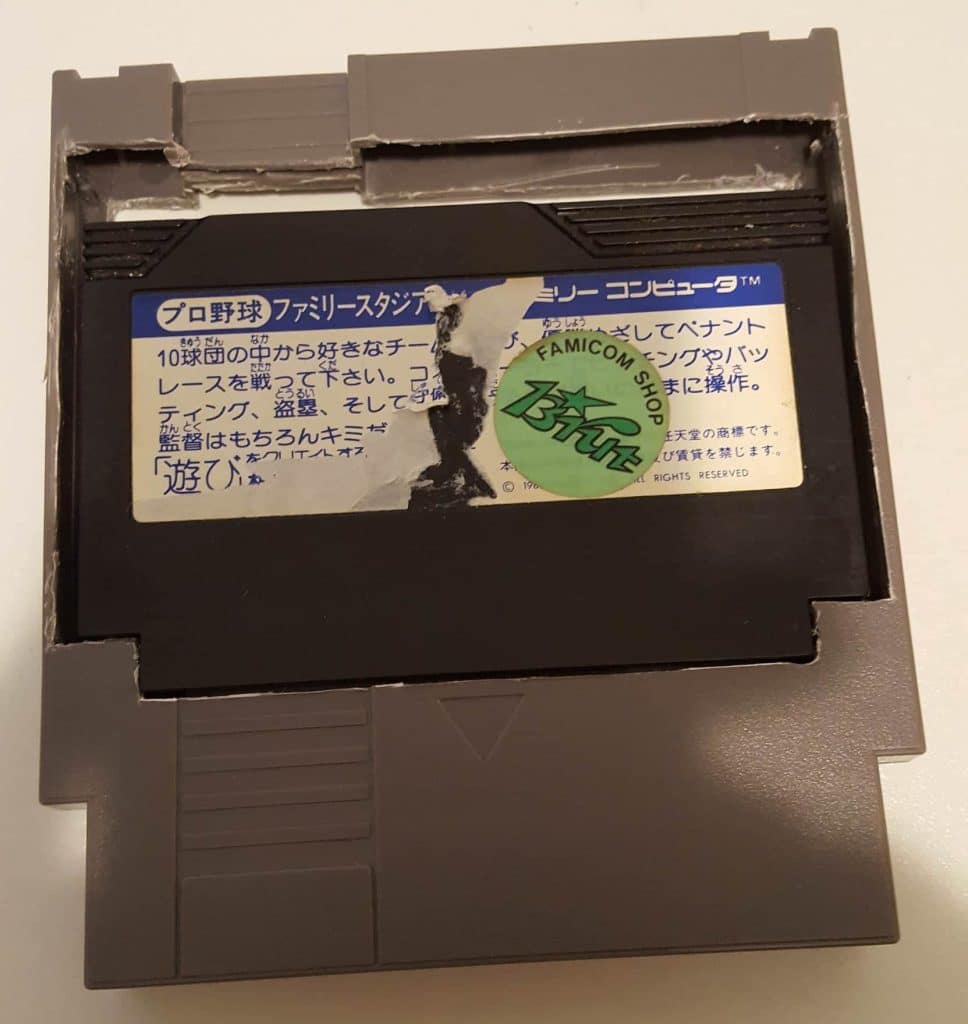
Basically I cut, as you can see in the photo, part of the "corners" to let the cartridge enter the adapter slot and I bent the orange capacitor on the right towards the chip to avoid damaging it during the work (and so I then left):

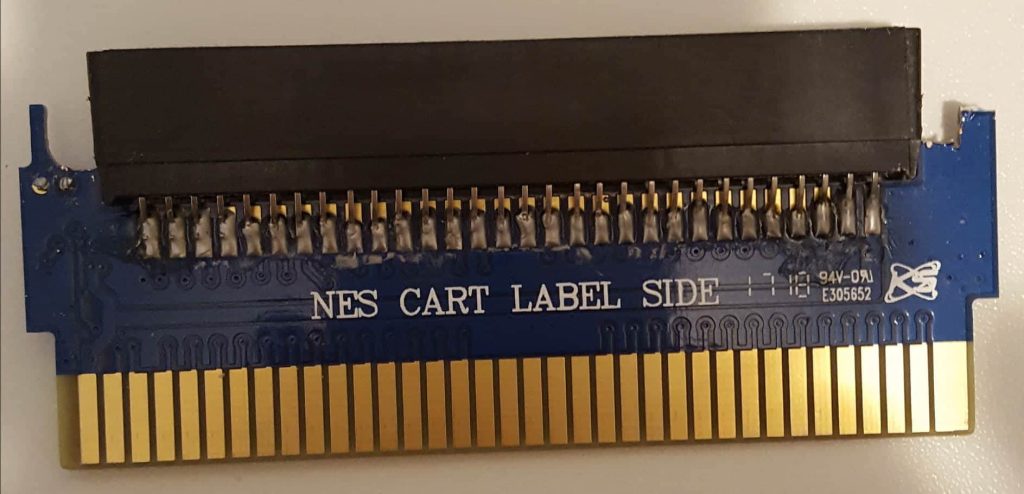
I then cut the plastic case to fit the cartridge (the Famicom ones are as thick as the NES ones but are narrower and lower) leaving a bit more space at the top to make it fit easily:
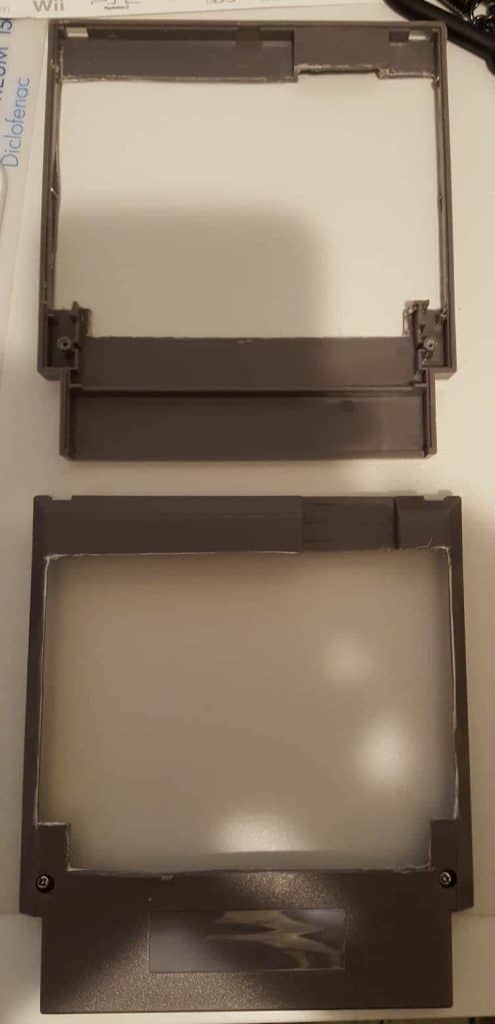
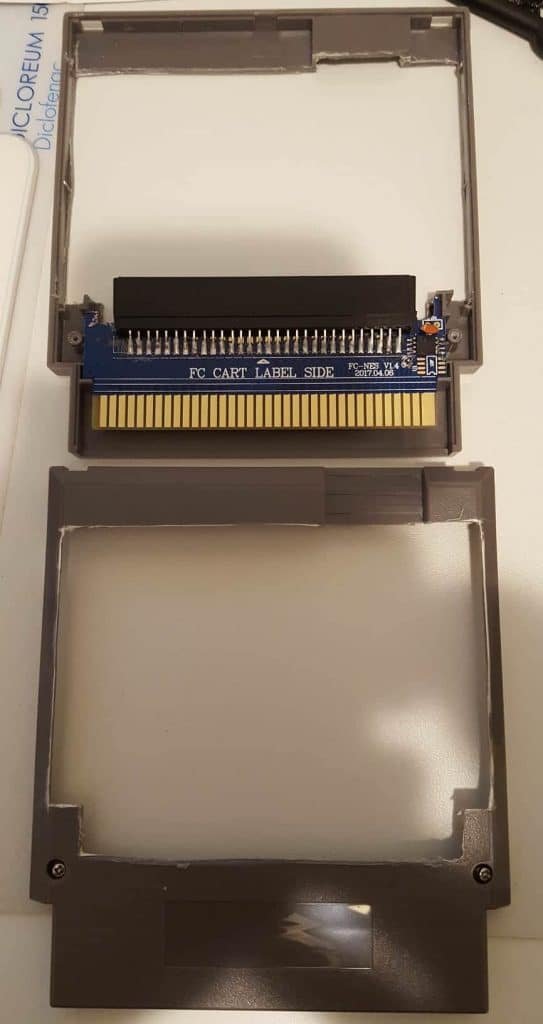

The "front" of the Famicom cartridge goes on the lower side of the cut cartridge (it will be the face that will be placed in the console slot - see last photo above) while the side of the cut cartridge that has the triangle goes on the upper side (it will be the side that it will be seen from the outside by inserting the cartridge into the console).

